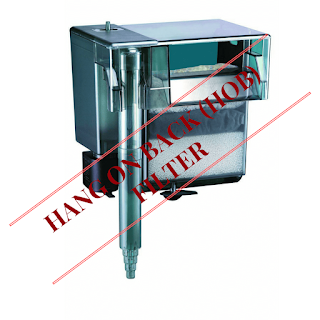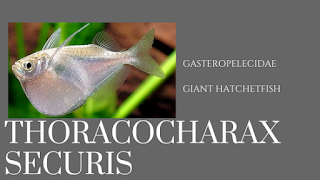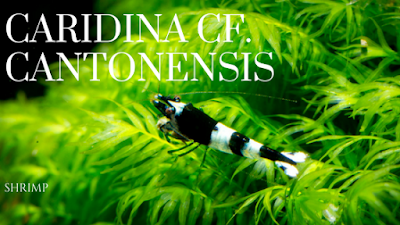There are many types of aquarium filter with different function.
We can seperate aquarium filter in to 3 according to their
function.
- Mechanic Filtration: desingned to catch particles in the aquarium water.
- Chemical Filtration: filter chemical impurities which like caused by food adulteration.
- Biological Filtration: helps to nitogen cycle and provides enough space for the grow of beneficial bacterias.
Basic to Complex Aquarium Filters
Up to now we learned function of aquarium filters. Now let’s look at types of aquarium filter from basic to complex.
Sponge/Air Driven Filter
 |
| Sponge/Air Driven Filter |
Sponge
filters’ working princable is to basic. It is powered with air pump and air
starts to flow through tube in the center of filter. This flow force the water
pull through sponge and filtration done this way.
Price Range: $1.00 - $25.00
You can hang over it to the back or the sides of aquarium. They suck water in the aquarium through their siphone and give back the water to aquarium over their waterfall.
Suck water pass through filter material and according to filter materials, they can provide different type of filtration.
Price Range: $10.00 - $180.00
Internal Filter
 |
| Internal Filter |
They provide good mechanical, chemical and
biological filtration for small sized aquariums. If you place an airline it can
give air which produced movement of water to aquarium.
Price Range: $10.00 - $110.00
As you can understand from the name of
filter, it is placed under the gravel of aquarium. It pulls water through the
gravel.
Water pass through gravel and by this way
mechanical filtration happen. We can not talk chemical and biological
filtration very definitely.
Note: You must mix up the gravel over on
the filter. If not, particules may collect over your gravel.
Price Range: $8.00 - $60.00
Canister Filter
 |
| Canister Filter |
Canister filters are common for big size aquarium. They provide good chemical, mechanical and biological filtration. Because they have bigger size comparing with internal and HOB filters.
According to material inside of canister filter easily at same time as chemically, mechanically and biologically. By the help of siphon it draw water inside and water pass through the different filter materials and turn back to aquarium.
You can use this type of filter for every type of aquarium (salt, fresh and planted) with inner peace.
Price Range: $30.00 - $500.00
Wet/Dry Filter
 |
| Wet/Dry Filter |
Wet/dry filters also called trickle filter.
Setup of this type of aquarium is onerous but especially for salt aquarium it provides excellent biological filtration. Because it provides large area for beneficial bacteria grow.
It also do good chemical filtration with the material in the medium. But its mechanical filtration is limitted.
Price Range: $50.00 - $500.00
Fluidized Bed Filter
 |
| Fluidized Bed Filter |
By the help of water pump water pumped into filter tube. Filter tube includes granules like sand, plastic or silica.
They provides good biological filtration, moderate mechanical filtration and not good chemical filtration.
Prize Range: $50.00 - $150.00
To Sum Up
According to your needs you can select one of these filters. Do not forget each aquarium needs a filter. Filtration is vital for aquarium fishes.



















